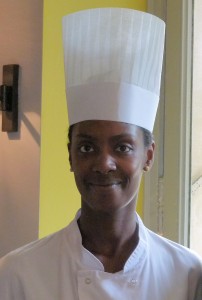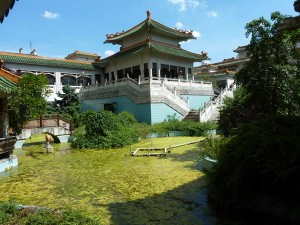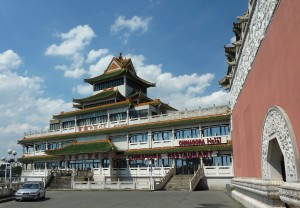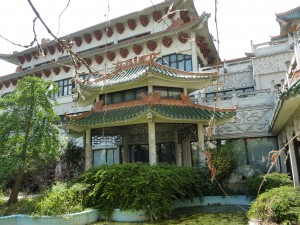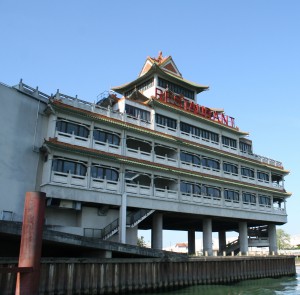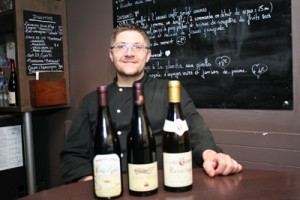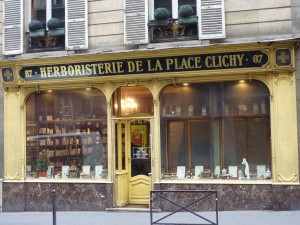
Summer Fun at Paris Plages
Photography by Djavan De Clercq
Colorful kayaks and sailboats skimming over the water… Women basking in the sun on wooden deckchairs… Children building elaborate sandcastles… Teenagers whooping as they play beach volleyball…
This may sound like a coastal resort scene, but we’re talking about Paris in the summer, when the beach comes to the city.
Paris Plages (Paris Beaches), as the project is called, will take place for the ninth time this year, from July 20 to Aug. 20. The organizers promise plenty of activities to keep both locals and tourists happy.
Launched in 2002 by the city’s popular mayor, Bertrand Delanoë, Paris Plages began in the historic heart of Paris, running along the river Seine from Pont Neuf to Pont Sully.
Three years ago it was expanded to the 19th arrondissement, a district that is renowned for its multi-ethnic population and vibrant atmosphere. There the area around the Bassin de la Villette was transformed into a beach playground.
Both the Seine—along the Georges Pompidou riverfront highway, which will be closed from July 15 to August 23—and the Bassin will be attracting thousands of visitors in their swimsuits again this year. Other sites will also be hosting various animations.
According to the mayor’s office, free concerts and sporting activities will take place on the square in front of the Hôtel de Ville on rue de Rivoli. Featured performers include Curry and Coco, Camille Bazbaz, and Beat Assailant.
Meanwhile, on the eastern edge of town at Porte de Reuilly near Lac Daumenil, there will be cycling, skating, beach volleyball, and games for children.
Admission to Paris Plages is free to the public. The beaches will be open from 8 a.m. to midnight each day.
People who have participated previously say that one of the nicest things about the project is the way it brings people together. “Everybody has been enjoying the beach with incredible respect for one another’s culture and religion,” a beach-goer named Yolande said last year at the Bassin de la Villette. “There was a grand ball [at the beach] and you could see mothers dancing with their children, and even strangers dancing together. It was wonderful!”
We wish to thank A. D. McKenzie for her contribution to the Paris Insights blog.

